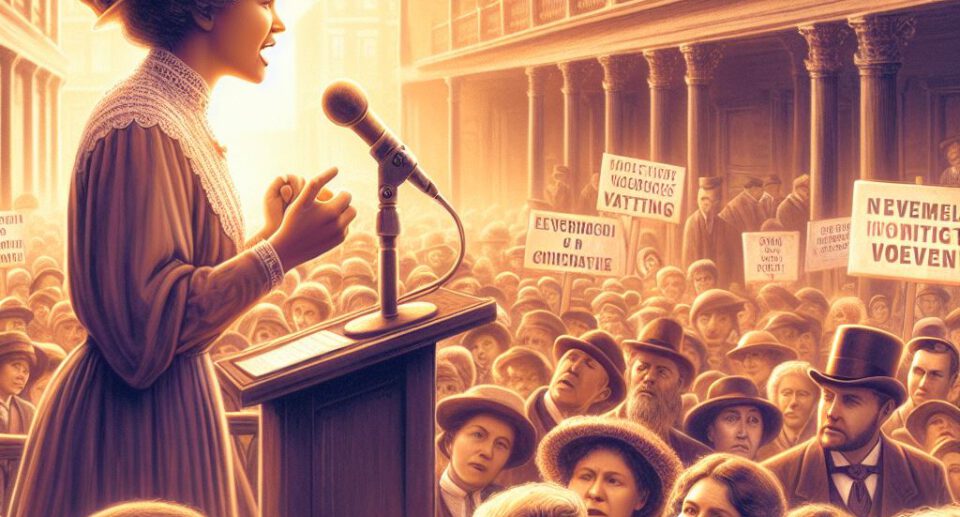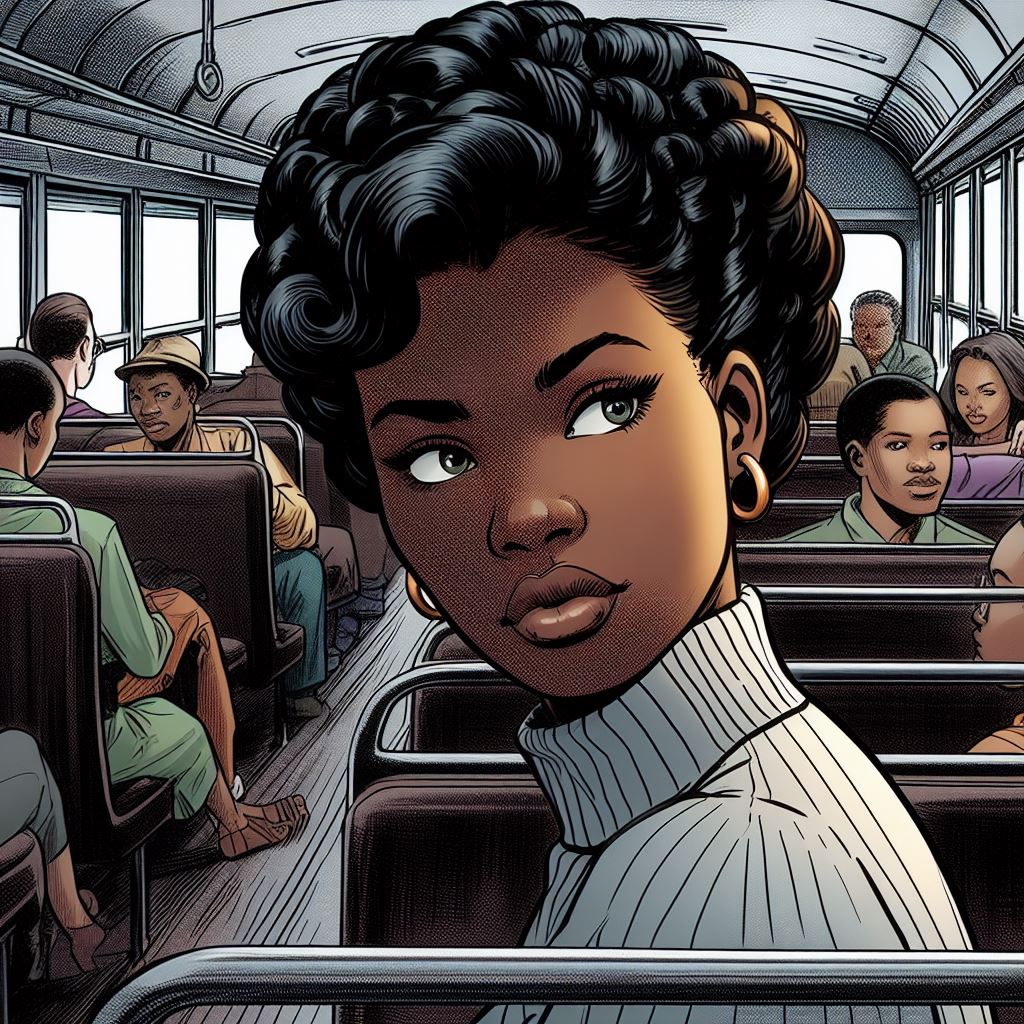How Did Susan B. Anthony Overcome Challenges and Ignited a Movement

Susan B. Anthony’s name serves as a rallying cry for equality and justice. She was a dedicated fighter for women’s suffrage, defying traditional conventions and legal barriers to promote women’s voting rights. How did Susan B. Anthony overcome challenges and become an important figure in American history? This biographical examination digs into her extraordinary life, the enormous challenges she overcame, and the unyielding energy that drove her lifetime campaign for women’s rights.
Susan B. Anthony was born in 1820 in Adams, Massachusetts, into a Quaker family dedicated to social justice. Witnessing the atrocities of slavery and the constraints imposed on women early on fueled a fire within her. She became a teacher, but the obvious salary disparity between male and female instructors exacerbated her developing dissatisfaction with gender injustice.
Challenges on the Path to Equality
How did Susan B. Anthony overcome her challenges and navigate the hurdles on her path to social reform? Let’s take a deeper look at the difficult challenges she faced:
A Society Upholding the Status Quo
During the nineteenth century, women were generally restricted to household roles. Anthony’s fight for women’s suffrage challenged deeply rooted cultural conventions and drew harsh criticism from those who felt women were unfit to engage in politics.
Legal Barriers to Suffrage
The current laws and constitutions did not give women the right to vote. Anthony and her longstanding companion and partner, Elizabeth Cady Stanton, faced the difficult task of altering laws and public opinion.
Ridicule and Social Ostracism
Anthony’s open personality and unique viewpoints made her a target for mockery and social isolation. She was frequently derided by the press and shunned by various parts of society for her advocacy.
The Shadow of the Antislavery Movement
During the Civil War, Anthony and Stanton briefly turned their attention to abolitionism, seeing the interdependence of the fight for women’s rights and racial equality. However, this decision sparked controversy within the women’s suffrage movement.
A System of Political Exclusion
The political context at the time provided few chances for underrepresented voices. Anthony and her fellow suffragists had to negotiate a complicated system to win support for their cause.
Strategies for Change: Overcoming Challenges with Resilience
How did Susan B. Anthony overcome her challenges and have a lasting impression on American society? Let’s look at the techniques she used:
Unwavering Determination
Anthony had a steadfast dedication to women’s suffrage. She devoted her life to the cause, unaffected by failures and criticism.
Power of Public Speaking
Anthony was an excellent orator who used public speaking to motivate people and communicate the case for women’s suffrage. Her strong sessions inspired people who heard her speak.
Strategic Alliances
Anthony saw the need to form relationships with other social reform groups, such as abolitionists. Collaborations increased their network of support and amplified their message.
Civil Disobedience
Anthony and Stanton were prepared to breach laws they felt were unfair. Their arrest for voting in the 1872 presidential election, while eventually successfully in court, brought national attention to their cause.
Persistent Advocacy
Anthony spent decades advocating, publishing articles, organizing conferences, and lobbying lawmakers. Her dedication remained unwavering throughout her entire career.
Lessons Learned from Susan B. Anthony’s Fight
How did Susan B. Anthony overcome challenges and create a lasting legacy? Her persistent tenacity, strategic partnerships, and devotion to civil disobedience paved the path for the 19th Amendment, which secured women the right to vote in 1920. Her experience teaches us significant lessons for overcoming problems in our own lives.
- The Power of Determination: Believing in your cause and staying strong in the face of hardship may result in substantial change. Anthony’s unrelenting devotion to women’s suffrage is a poignant reminder that with persistence, even apparently insurmountable challenges can be conquered.
- The Value of Collaboration: Collaboration with individuals who share your vision can help you magnify your message and make a bigger impact. Anthony’s work with Elizabeth Cady Stanton and others in the suffrage campaign exemplifies the strength of group effort. We can do more by forming partnerships and cultivating a feeling of community than we could on our own.
- The Importance of Speaking Up: Do not be hesitant to speak up for what you believe in, even if it is controversial. Anthony’s outspokenness and willingness to question the established quo set the ground for reform. In our own lives, we may find our voices and speak for topics that are important to us.
- Persistence Pays Off: Change does not happen quickly; continuous lobbying and steadfast devotion are required for long-term success. Anthony’s decades-long battle for women’s suffrage exemplifies the value of tenacity. We may create long-term change by being committed to our goals and refusing to give up.
Susan B. Anthony’s life and work demonstrate that even in the face of apparently insurmountable challenges, the strength of conviction, purposeful action, and unshakable perseverance can result in long-lasting and beneficial change. Her legacy inspires us to stand up for what we believe in, form strong alliances, and never give up on our aspirations. The obstacles we confront in our personal and professional lives may appear formidable, but by drawing inspiration from Susan B. Anthony’s steadfast spirit, we can overcome them and chart a course for a more fair and equitable future.












